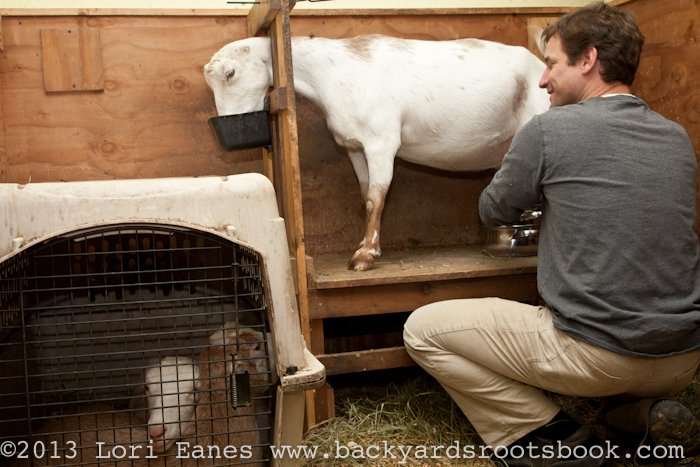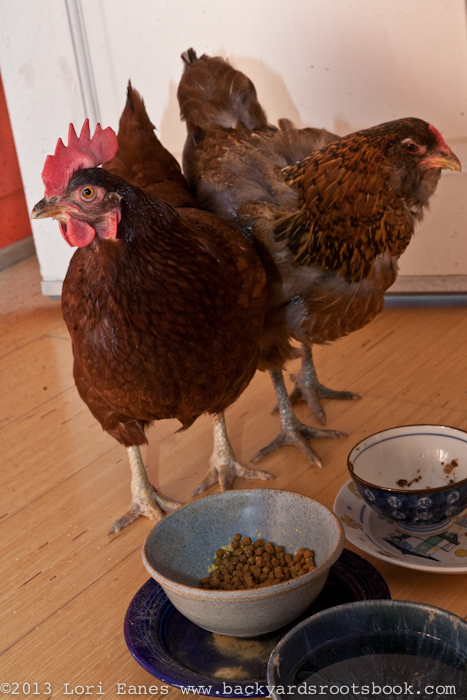Believe it or not there are places in the Bay Area that the economy has forgot. If you head south of San Leandro to the unincorporated areas of Ashland, Cherryland, San Lorenzo and Hayward you’ll find a land of little hope. Densely populated; there are few parks, few jobs and few places places to buy healthy food. The popular hang-out spots are in front of liquor stores. The Alameda Sheriff’s Activity League was looking for a new way to prevent crime and improve the community. They already had boys and girls clubs, and programs for kids. Why not create opportunites for the people that lived there?
In 2010 Marty Neideffer, a sergeant at The Alameda Sheriff’s Office and founder of the Alameda County Deputy Sheriff’s Activity League read The Green Collar Economy by Van Jones. The book that suggested the best way to solve environmental problems and socioeconomic inequality was to create jobs in low income areas, jobs for the people who lived there that would improve the communities they lived in. The book made a lot of sense to Neideffer and he set out to establish urban agriculture as a way to do just that. He got grants, raised money and later that year they started the farm with just 1/3 of an acre. Dig Deep Farms and Produce was the result. The group employs local people to plant, harvest, pack, deliver and sell the organic produce. They now have several plots including eight acres at the newly acquired City View Farm next to the juvenile facility in the San Leandro hills. They grow greens, lettuce, onions, potatoes and more year round for their CSA “grub box” and also sell the vegetables at local produce stands. They coordinate with People’s Grocery in Oakland that helps distribute the boxes that range in price from $10-$25. If you’re an East Bay resident and you’d like to get healthy local organic food that provides jobs, sign up for the grub box here.

















